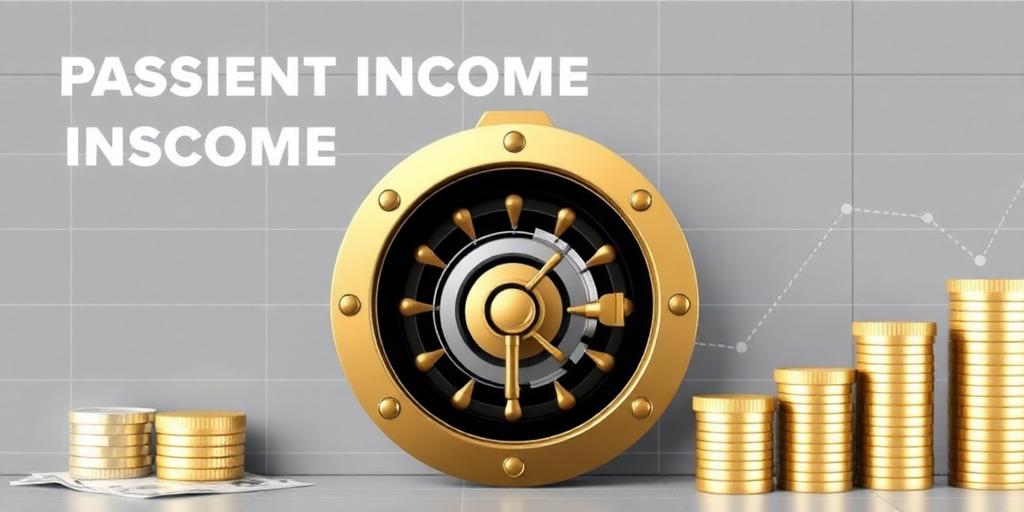Debt can feel like a heavy burden, impacting your financial well-being and overall peace of mind. When facing multiple debts, choosing the right repayment strategy is crucial. Two popular methods, the debt snowball and the debt avalanche, offer distinct approaches to tackling debt. This post provides an authoritative comparison to help you determine which strategy works best for your unique situation.
Understanding the Debt Snowball Method
The debt snowball method, popularized by personal finance expert Dave Ramsey, focuses on psychological wins. It involves listing your debts from smallest to largest, regardless of interest rate. You then make minimum payments on all debts except the smallest, where you direct any extra money. Once the smallest debt is paid off, you 'snowball' that payment towards the next smallest debt, and so on.
Pros of the Debt Snowball Method:
- Motivation: The quick wins from paying off smaller debts can provide a significant boost in motivation, keeping you engaged in the repayment process.
- Behavioral Change: This method can help build momentum and positive financial habits, encouraging you to stick with the plan.
- Simple to Understand: The concept is straightforward, making it easy to implement and track progress.
Cons of the Debt Snowball Method:
- Higher Overall Interest: By not prioritizing high-interest debts, you may end up paying more in interest over the long term.
- Longer Repayment Time: It may take longer to become debt-free compared to other methods.
Understanding the Debt Avalanche Method
The debt avalanche method, on the other hand, prioritizes saving money on interest. You list your debts from highest to lowest interest rate, regardless of the balance. You then make minimum payments on all debts except the one with the highest interest rate, where you direct any extra money. Once the highest-interest debt is paid off, you move on to the next highest, and so on.
Pros of the Debt Avalanche Method:
- Lower Overall Interest: By targeting high-interest debts first, you'll minimize the total amount of interest paid.
- Faster Repayment Time: This method typically results in becoming debt-free faster compared to the debt snowball method.
- Financially Optimal: It's the most mathematically efficient way to pay off debt.
Cons of the Debt Avalanche Method:
- Can Be Demotivating: If your highest-interest debts are also large, it can take a while to see progress, potentially leading to discouragement.
- Requires Discipline: This method demands a strong commitment to sticking with the plan, even when progress seems slow.
Debt Snowball vs. Debt Avalanche: A Detailed Comparison
| Feature | Debt Snowball | Debt Avalanche | | ------------------ | ----------------------------------- | ----------------------------------- | | Debt Prioritization | Smallest balance to largest | Highest interest rate to lowest | | Interest Paid | Higher overall interest | Lower overall interest | | Repayment Time | Longer repayment time | Shorter repayment time | | Motivation | High, due to quick wins | Can be low, especially initially | | Complexity | Simple and easy to understand | Slightly more complex |
Which Method is Right for You?
The best method depends on your individual circumstances and preferences. Consider these factors:
- Financial Discipline: If you are highly disciplined and motivated by saving money, the debt avalanche method is likely the better choice.
- Need for Motivation: If you need quick wins to stay motivated, the debt snowball method may be more effective.
- Debt Amounts and Interest Rates: If your debt amounts are relatively small and interest rates are similar, the difference between the two methods may be negligible.
Practical Steps to Get Started
- List Your Debts: Gather information on all your debts, including balances, interest rates, and minimum payments.
- Choose Your Method: Decide whether the debt snowball or debt avalanche method aligns better with your personality and financial goals.
- Create a Budget: Develop a realistic budget to identify extra money that can be directed towards debt repayment.
- Stay Consistent: Stick to your chosen method and budget, making adjustments as needed.
- Track Your Progress: Monitor your progress regularly to stay motivated and ensure you're on track.
Conclusion
Both the debt snowball and debt avalanche methods can be effective strategies for debt repayment. The debt snowball provides psychological wins and can be ideal for those who need motivation, while the debt avalanche saves money on interest and is better suited for those with strong financial discipline. By understanding the pros and cons of each method and considering your individual circumstances, you can choose the strategy that best empowers you to achieve your debt-free goals.









